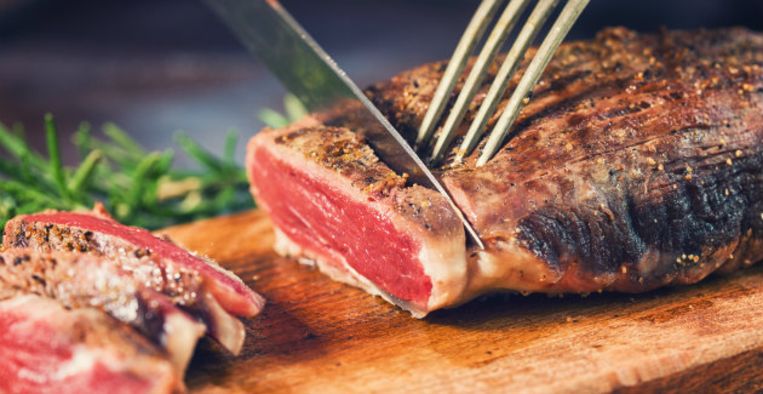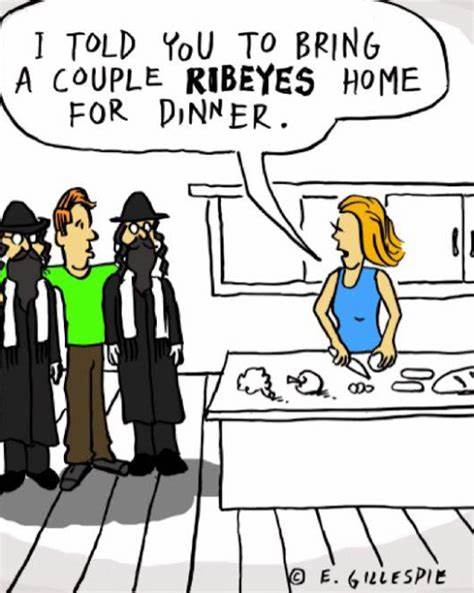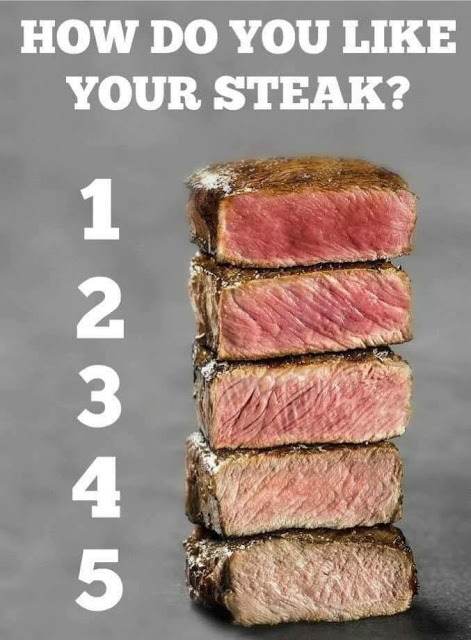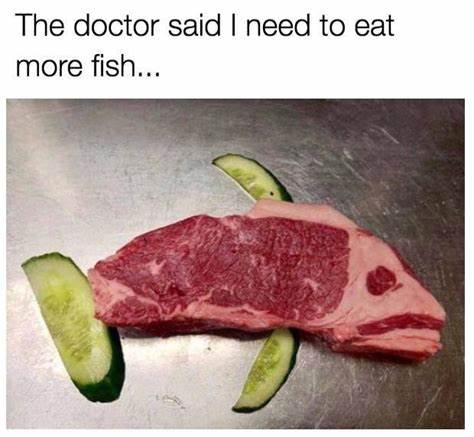You Can Stop Saying Your Rare Steak is “Bloody.” The Red Juice in Raw Red Meat is Not Blood.
Some people claim that a rare steak or their meat is still “bloody,” but that red juice has nothing to do with blood.
From Today I Found Out:
The red juice in raw red meat is not blood. Nearly all blood is removed from meat during slaughter, which is also why you don’t see blood in raw “white meat”; only an extremely small amount of blood remains within the muscle tissue when you get it from the store.
So what is that red liquid you are seeing in red meat? Red meats, such as beef, are composed of quite a bit of water. This water, mixed with a protein called myoglobin, ends up comprising most of that red liquid.
In fact, red meat is distinguished from white meat primarily based on the levels of myoglobin in the meat. The more myoglobin, the redder the meat. Thus most animals, such as mammals, with a high amount of myoglobin, are considered “red meat”, while animals with low levels of myoglobin, like most poultry, or no myoglobin, like some sea-life, are considered “white meat”.
Myoglobin is a protein that stores oxygen in muscle cells, very similar to its cousin, hemoglobin, that stores oxygen in red blood cells. This is necessary for muscles which need immediate oxygen for energy during frequent, continual usage. Myoglobin is highly pigmented, specifically red; so the more myoglobin, the redder the meat will look and the darker it will get when you cook it.
This darkening effect of the meat when you cook it is also due to the myoglobin; or more specifically, the charge of the iron atom in myoglobin. When the meat is cooked, the iron atom moves from a +2 oxidation state to a +3 oxidation state, having lost an electron. The technical details aren’t important here, though if you want them, read the “bonus factoids” section, but the bottom line is that this ends up causing the meat to turn from pinkish-red to brown.




